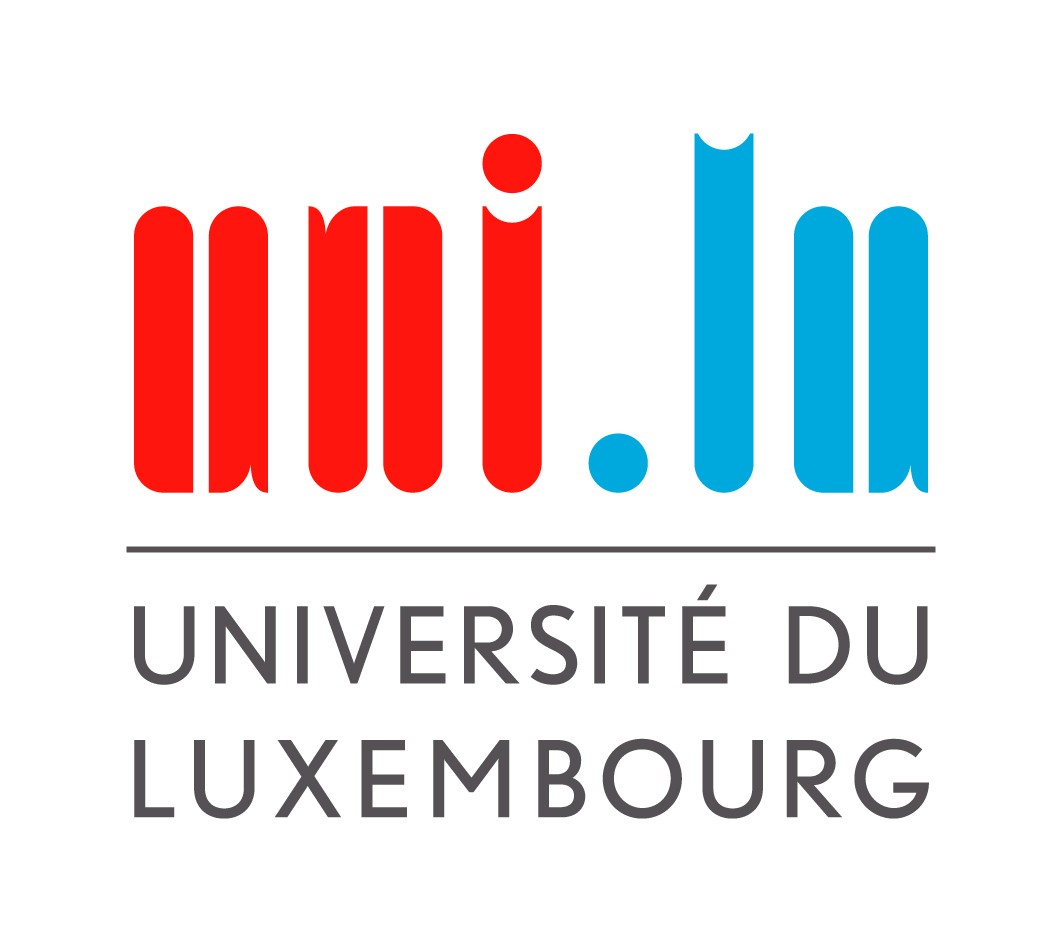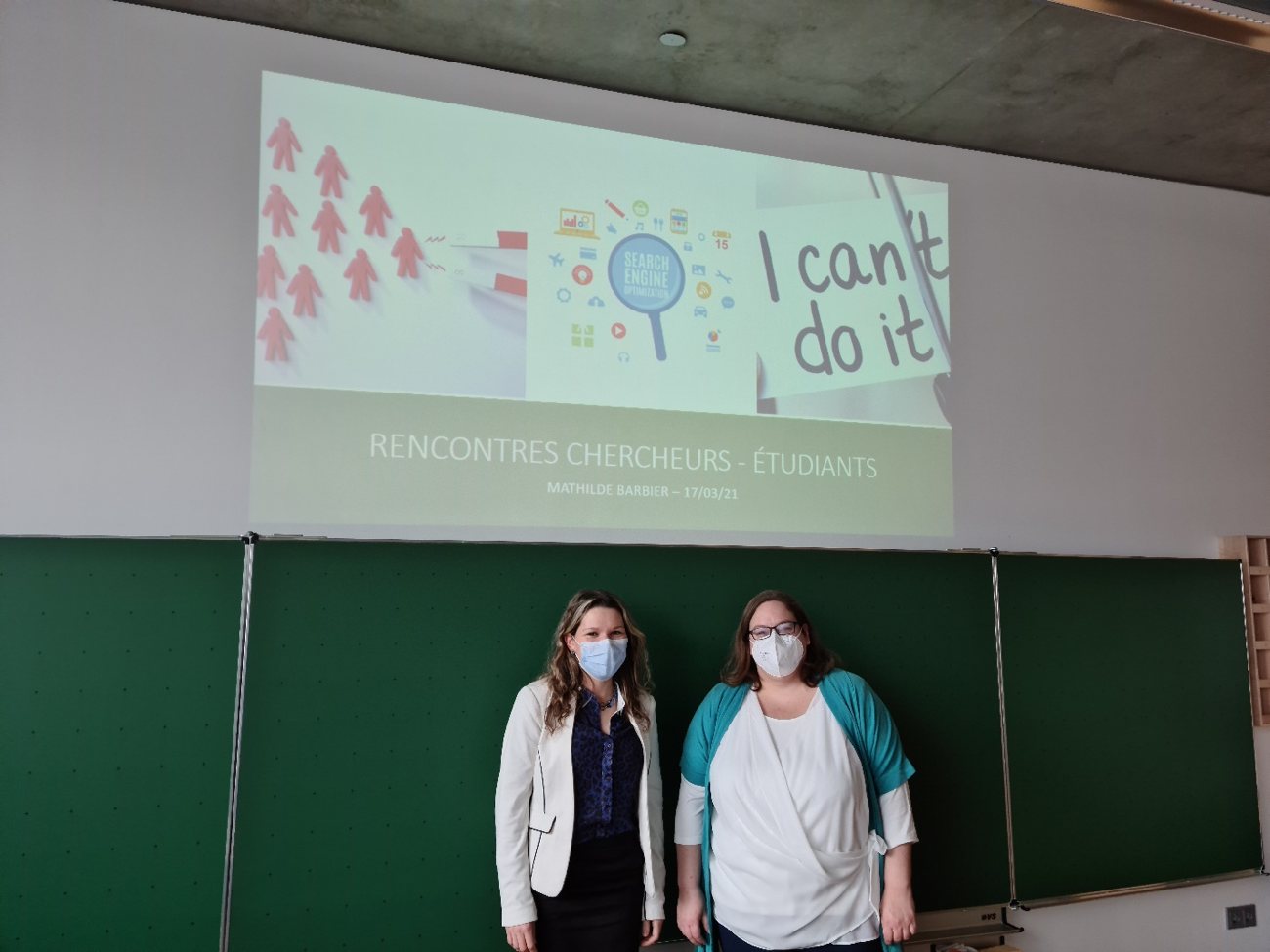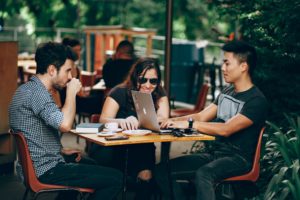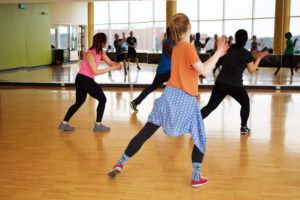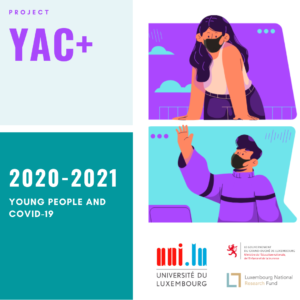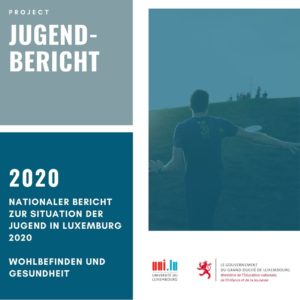In mid-March, our team member Caroline Residori visited a senior class of the Lycée Technique in Lallange. As part of the Chercheurs à l’école initiative, she told the young people between the ages of 17 and 21 many new things about the everyday work of a social researcher. Just like her colleague Céline Dujardin, who visited the Athénée de Luxembourg, she created an interesting orientation afternoon as part of this FNR projects. “The everyday life of researchers is much more than hours of reading and concentrated pipetting in the lab,” Caroline emphasizes. “In every research discipline, it pays off to have a closer look,” Céline adds.
Chercheurs à l’école aims to address precisely this common image that young people associate with researchers: white coats and nerdy conversations à la Big Bang Theory. The young people quickly discovered that social research follows comprehensible methods: “Introduction, research question, conclusion – that’s how we write our term papers!”, the students of the upper-level social sciences course marveled when Caroline presented the methodology of the YAC+ study to them. The recently published preliminary results of the study paint a picture of how young people in Luxembourg are coping with the constraints of the COVID-19 pandemic. The Athénée students also wanted to know what answers the social sciences provide to the pressing issues of the pandemic.
Jump to content
How does social research map youth as accurately as possible?
They found it impressive that the COVID-19 study represented a cross-section of their own generation. It is theoretically possible that some of those present may have been involved in filling out the questionnaires through the random sampling of the study. However, since they were of course filled out anonymously, it is not possible to draw any direct conclusions about individuals.
For Caroline, a passionate youth researcher, contact with adolescents and young adults is always a pleasant change. Her work consists of making generalizable statistical statements about the entirety of young people in Luxembourg by means of small, randomly selected groups. In personal conversations with individual young people, it then becomes clear to her time and again that this person is “a unique combination of many of the possible life circumstances here in Luxembourg”.
Watch the trailer „Chercheurs à l‘école”
A sociologist’s everyday work: very different from “cramming for your finals”
Scientific analyses can be solitary evaluation activities. But as social researchers, Caroline and Céline also have to exchange ideas with their teams a lot: Talking with colleagues allows ideas to develop better and solutions to be found so much more easily. Lecture trips to international conferences allow them to present knowledge made in Luxembourg in European and global comparison.
Knowledge „made in Luxembourg“
The scientific projects of in Luxembourgish youth research have always benefited from the fact that everyone contributes their know-how. For example, dozens of researchers regularly work on the the National Youth Reports The senior class found it interesting how in Luxembourg science also informs politics and practice. The young people found it remarkable that the Minister of Education in the Luxembourg Parliament refers specifically to the Youth Report.
Professional perspectives
By the end of the class visit, the day-to-day work of a social researcher had become clearer to many. The social sciences do not necessarily have to lead to professional research. The “Bachelor’s” and “Master’s” stages alone offer interesting career prospects for adolescents: Those with a bachelor’s degree in social and educational sciences, for example, can work directly in the field of social work in Luxembourg.
The students realized that a career in science knows its own challenges and attractions. One thing social research definitely is not is “eternal cramming for your finals”.
